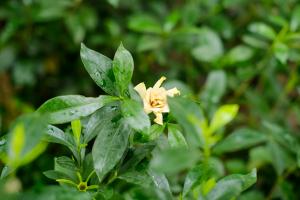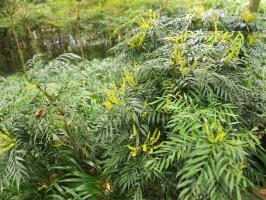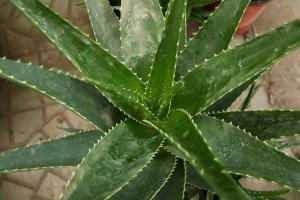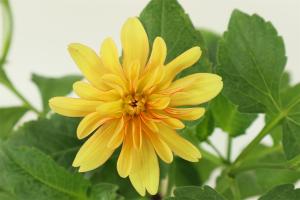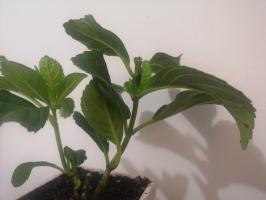How Close to Plant Chestnut Trees
Chestnut trees are a popular choice for homeowners who want to add shade and beauty to their property. But if you're planning to plant a chestnut tree, one of the most important things you need to consider is the spacing of the trees. This article will look at the ideal distance to plant chestnut trees and factors to consider when planting.
The Ideal Distance to Plant Chestnut Trees
The ideal distance between chestnut trees depends on the specific variety of trees you're planting. In general, American chestnut trees require a little more space than Chinese chestnut trees since they grow larger. If you're planting American chestnut trees, you should space them at least 25-30 feet apart. On the other hand, Chinese chestnut trees can be planted closer together at 15-20 feet apart.
It's also important to consider the size of the mature tree when planting. Chestnut trees can grow anywhere from 40-100 feet tall, depending on the variety. So, if you have a small yard or don't want a tree that's too big, you may want to consider planting a dwarf chestnut tree, which only grows to around 12-15 feet tall. Dwarf chestnuts can be planted as close as 10 feet apart.
Factors to Consider When Planting Chestnut Trees
When planting chestnut trees, there are several factors you need to keep in mind to ensure they grow healthy and strong. First, make sure you're planting the trees in the right soil. Chestnut trees prefer well-draining soil that's slightly acidic, with a pH between 5.5-6.5.
You also need to make sure the area you're planting in gets plenty of sunlight. Chestnut trees need at least six hours of sunlight per day to grow strong and produce healthy nuts. If you're planting in an area that doesn't get enough sunlight, consider planting a dwarf chestnut tree that doesn't require as much sun.
Another important factor to consider when planting chestnut trees is water. Chestnuts prefer well-drained soil but they also need regular watering, especially in their first few years. Make sure to water your chestnut trees regularly, especially during hot and dry spells.
The Benefits of Planting Chestnut Trees
Planting chestnut trees has many benefits beyond just their beauty. Chestnuts are a healthy and delicious nut that can be used in many dishes, and they're also a great source of protein and antioxidants. Chestnut trees also produce a natural pesticide that can help protect other trees and plants in your yard from pests.
But perhaps one of the most significant benefits of planting chestnut trees is their role in the environment. Chestnut trees are a vital component of many ecosystems, providing food and shelter for a wide range of birds and animals. They also help prevent soil erosion and contribute to air quality by producing oxygen.
Conclusion
When it comes to planting chestnut trees, the ideal distance between trees depends on the variety of chestnut trees you're planting, the size of the mature tree, and other factors such as soil, sunlight, and water. However, planting chestnut trees is well worth the effort, as they provide many benefits beyond just their beauty. With a little care and attention, these trees can provide shade, produce delicious nuts, and benefit the environment for generations to come.

 how many times do yo...
how many times do yo... how many planted tre...
how many planted tre... how many pine trees ...
how many pine trees ... how many pecan trees...
how many pecan trees... how many plants comp...
how many plants comp... how many plants can ...
how many plants can ... how many plants and ...
how many plants and ... how many pepper plan...
how many pepper plan...
